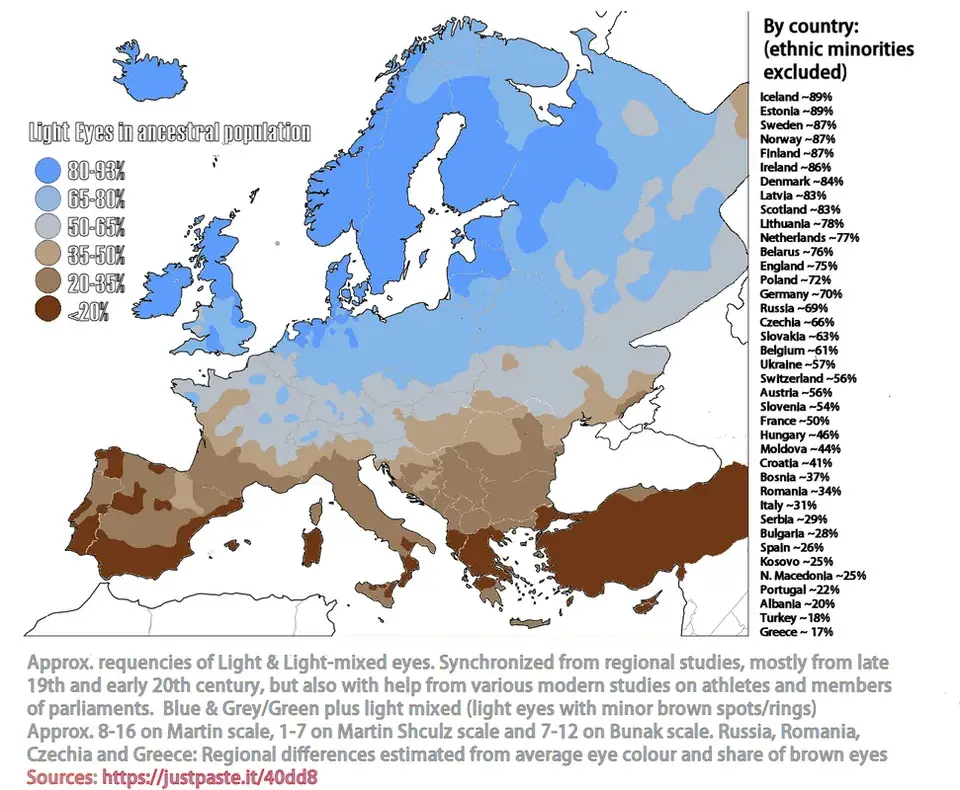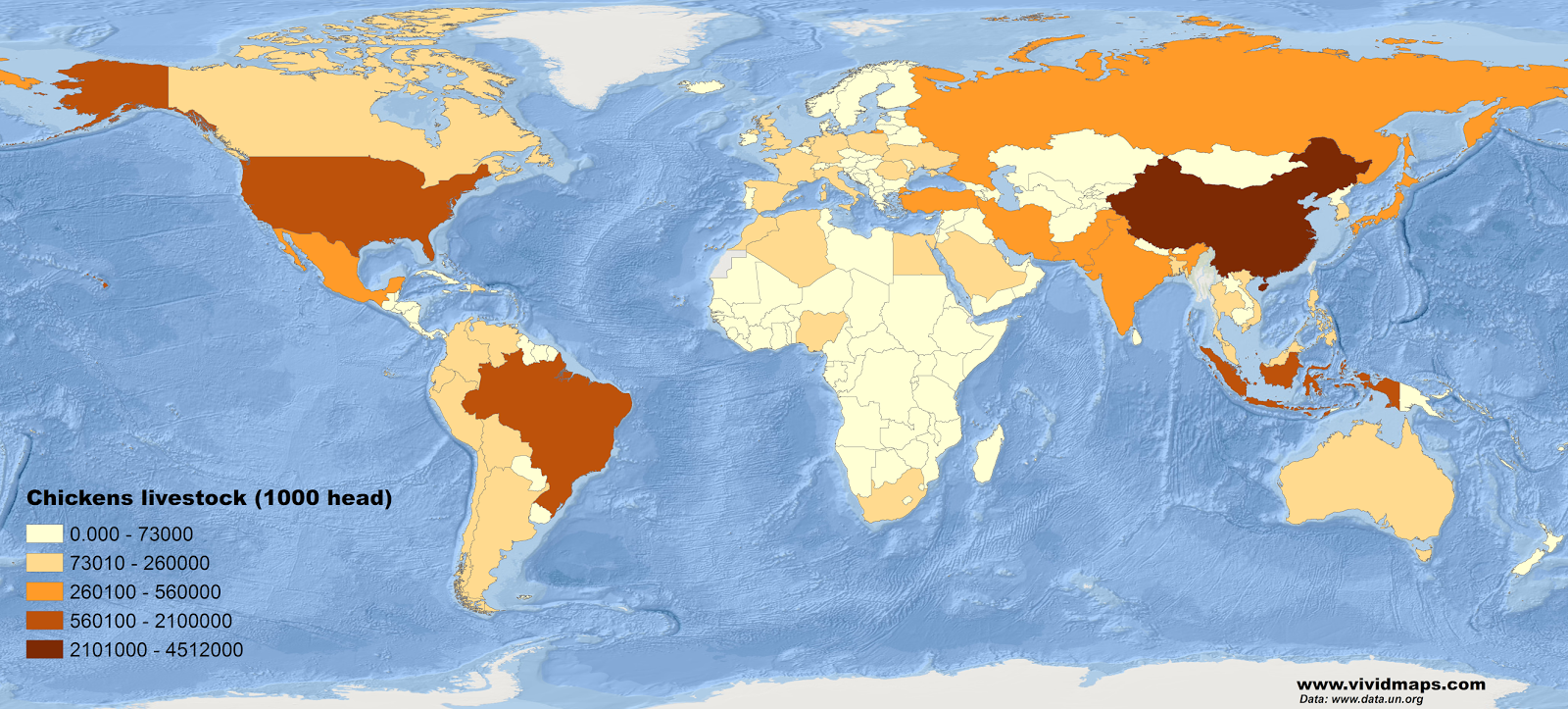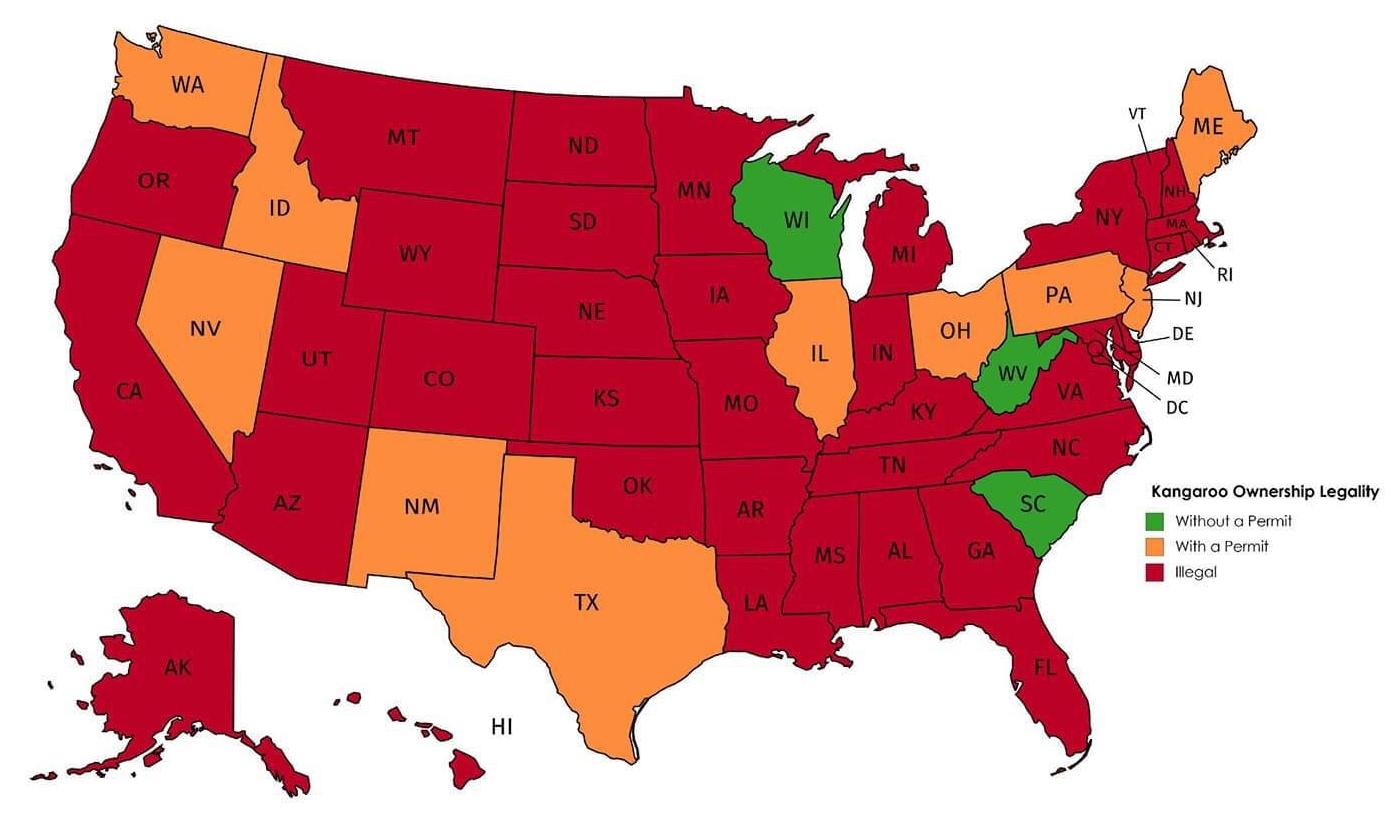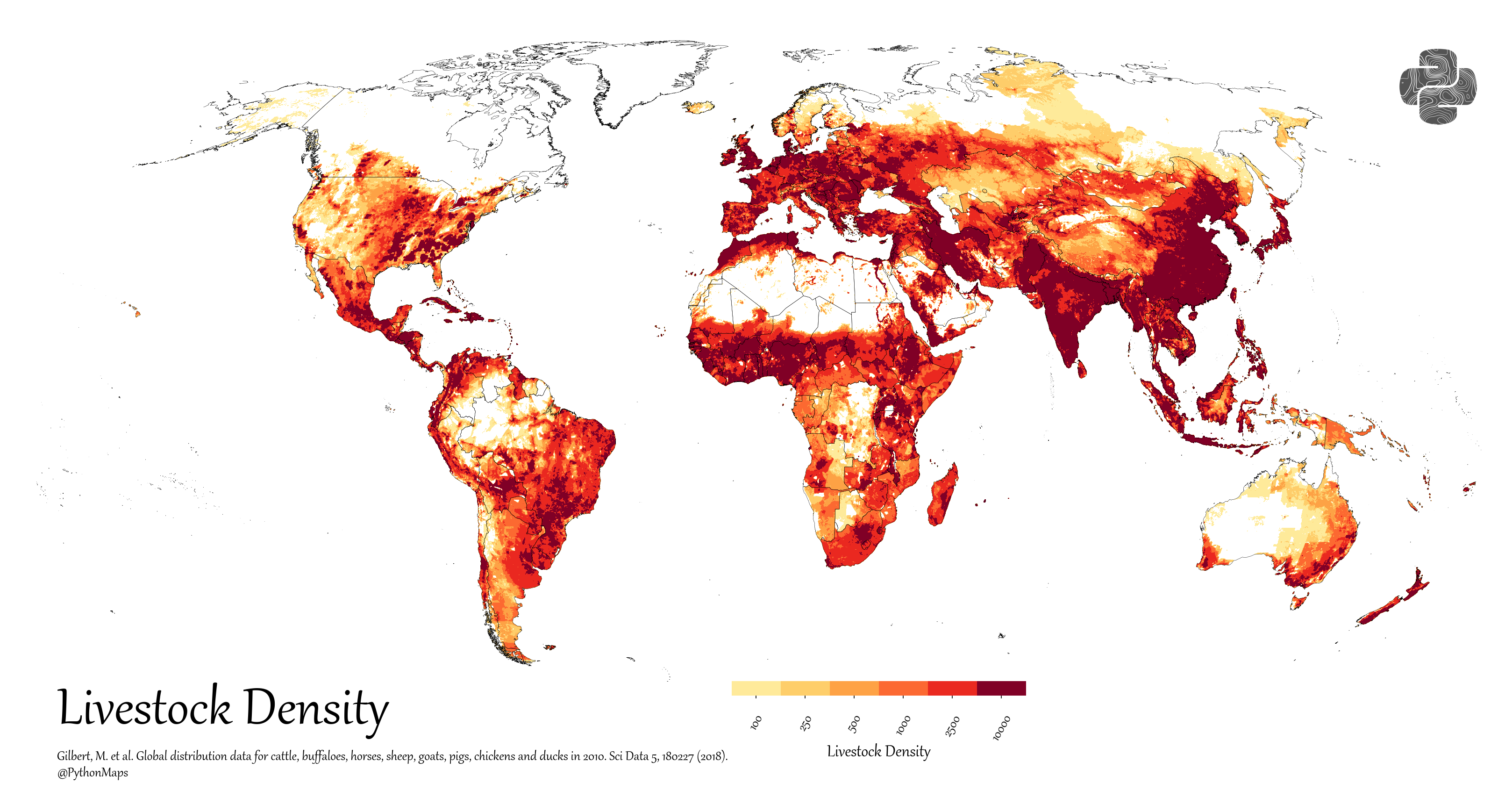Likelihood of having light colored eyes in Europe
The likelihood of having light-colored eyes in Europe is notably higher compared to many other regions of the world. This prevalence can be attributed to a combination of historical, genetic, and environmental factors.
Historically, the European continent has witnessed numerous migrations and invasions by different groups, which has led to a diverse genetic pool. Some of these populations carried genes for lighter eye colors, such as blue, green, and gray. Over generations, these genes became more common in the European gene pool.
Genetically, eye color is a polygenic phenotypic characteristic, primarily determined by variations in the OCA2 and HERC2 genes, which affect the amount and type of melanin in the iris. Light-colored eyes are associated with lower melanin levels, while dark eyes have higher melanin content. Europeans tend to have a higher frequency of genetic variations that result in less melanin in the iris, which is linked to lighter eye colors.
Environmental factors can also play a role. Light-colored eyes may have provided some advantages in regions with limited sunlight by allowing more light to reach the retina, potentially enhancing vision in low-light conditions. Additionally, cultural preferences and standards of beauty may influence the perception and desirability of light-colored eyes, which can affect partner selection and the prevalence of these traits in a population.
Below is the first map of eye-color diversity in Europe created by Beals & Hoijer in 1965 (Beals & Hoijer, 1965, p. 213).

Europeans, especially northern and eastern Europeans, are unusually colored. Their eyes not only brown but also blue, gray, hazel, or green. This diversity reaches a maximum in an area centered on the East Baltic.

Here is a simplified map of blue or brown eyes in Europe.

For comparison about 79 percent of the Earth’s population has brown eyes, which makes it the most frequent eye color in the world. After brown, 8-10 percent of the world has blue eyes, 5 percent has amber or hazel eyes, and 2 percent of the world has green eyes. More unusual colored eyes include gray and red or violet.









I am Remi Acien and i am brown in blue eyes